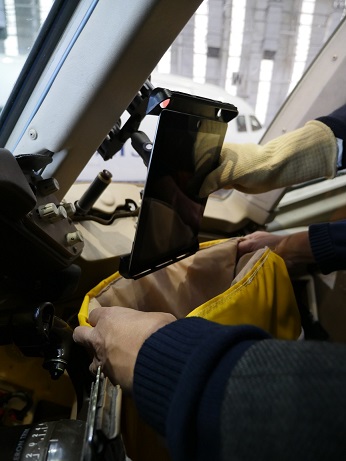
The worldwide ban on transporting lithium-ion batteries in the cargo hold of passenger jets remains in place.
The temporary ban by the United Nation’s International Civil Aviation Organisation, which came into force in April, is causing problems for battery manufacturers who transport them around the world.
The ban will be lifted when the industry develops packaging that can contain a fire in the hold but this may not be until 2018.
Special fire-resistant bags called AvSax are now carried on some major airlines to contain any battery fires which may start in electronic equipment carried on board by passengers.
Samsung’s recall of its Note 7 mobile phone has shaken industry confidence in the regulatory system trying to ensure the safe transportation of lithium-ion batteries.
Samsung issued a worldwide recall of every Note 7 model phone sold before September 15 after faulty components used in the battery manufacture triggered excessive heat during charging.
Global shipments of lithium-ion batteries are expected to have a compound annual growth rate of 20% for at least the next 10 years as they are the power source for countless electronic devices. The lithium-ion battery market has now reached $22.5 billion.
It is believed that 30% of the batteries are shipped by air and they can still be flown by cargo aircraft but any shipments of these batteries must be at a state-of-charge no greater than 30%.
A statement by the International Civil Aviation Organisation said: "Our goal is to find a solution which will permit the lithium-ion industry and its customers to continue to benefit from rapid and reliable global air transport."
According to CNN Money, at least two deadly cargo jet crashes have been blamed on fires caused by lithium-ion batteries. A Boeing 747 crashed in Dubai killing two crew members in 2010. In 2011, an Asiana Airlines 747 crashed off South Korea, also killing two crew members.
* A pioneering invention called an AvSax (www.avsax.com) can minimise the fire danger on board aircraft in seconds with its unique use of water.
Simply pour at least two litres of water into an AvSax and then drop the burning device into the bag. The water activates a polymer gel inside the bag’s lining causing it to expand around the device. Should the device keep on burning then the AvSax is tough enough to absorb the force.